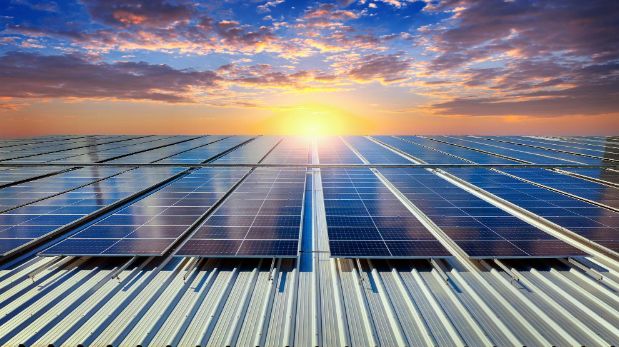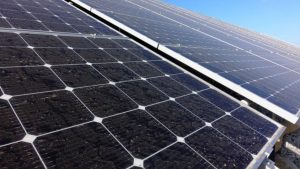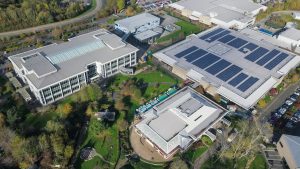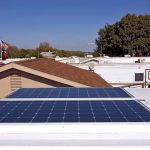-
Introduction
- Step 1: Assess Your Energy Needs
- Step 2: Evaluate Roof Suitability
- Step 3: Understand Different Solar Panel Types
- Step 4: Consider Solar Panel Efficiency
- Step 5: Set a Realistic Budget
- Step 6: Research Solar Panel Manufacturers
- Step 7: Determine Mounting Options
- Step 8: Understand Inverter Technology
- Step 9: Evaluate Energy Storage Options
- Step 10: Seek Professional Installation and Maintenance
- Conclusion
-
FAQs
- How do I assess my energy needs before choosing a solar panel system for my home?
- What factors should I consider when evaluating the suitability of my roof for solar panel installation?
- What are the different types of solar panels available, and what are their advantages and disadvantages?
- How can I determine the efficiency of solar panels and what factors should I consider in terms of panel performance?
Introduction
Selecting the ideal solar panel system for your home is a significant decision that requires careful consideration. With the increasing popularity of solar energy, it’s crucial to understand the key factors that contribute to making an informed choice. In this comprehensive guide, we will walk you through the essential steps to help you choose the perfect solar panel system that aligns with your energy needs, budget, and environmental goals.
Step 1: Assess Your Energy Needs
Before diving into the world of solar panels, it’s crucial to evaluate your energy consumption. Consider the following factors:

- Calculate Your Energy Consumption: Review your electricity bills to understand your average monthly energy usage. Identify any peak usage periods or anticipated future energy requirements.
- Determine Your Electricity Needs: Analyze your lifestyle and appliances to estimate the size of the solar panel system you’ll need. Consider factors such as heating and cooling requirements, electric vehicle charging, and home expansions.
Step 2: Evaluate Roof Suitability
Your roof plays a vital role in determining the feasibility of installing solar panels. Consider the following aspects:
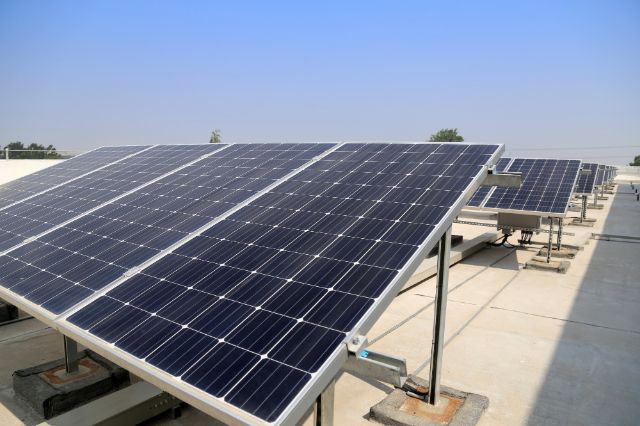
- Orientation and Tilt: Assess the roof’s orientation and tilt to ensure maximum sun exposure. South-facing roofs with a tilt between 15 to 40 degrees are typically ideal.
- Shading Analysis: Identify any shading obstacles that could impact the solar panel’s efficiency. Trees, neighboring buildings, or chimneys can cast shadows on the panels, reducing their overall performance.
- Roof Condition: Evaluate the roof’s structural integrity to ensure it can support the weight of the panels. Consider any necessary repairs or reinforcements before installation.
Step 3: Understand Different Solar Panel Types
Solar panels come in various types, each with its advantages and disadvantages. Familiarize yourself with the following options:
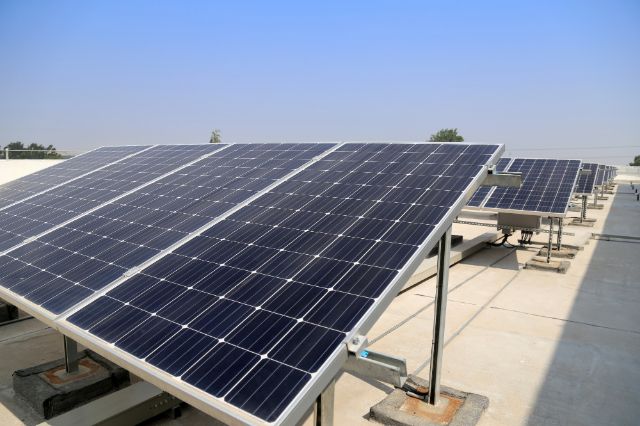
- Monocrystalline Panels: Known for their high efficiency and sleek appearance, monocrystalline panels are made from a single crystal structure, providing excellent performance in limited space.
- Polycrystalline Panels: These panels are cost-effective and have a blue-speckled appearance. While they may be slightly less efficient, they perform well in diverse weather conditions.
- Thin-Film Panels: Flexible and lightweight, thin-film panels are suitable for unconventional installation areas or curved surfaces. They have lower efficiency but perform better in low-light conditions.
Step 4: Consider Solar Panel Efficiency
Solar panel efficiency refers to the ability of the panels to convert sunlight into electricity. Consider the following factors:

- Efficiency Ratings: Higher efficiency panels generate more electricity in limited space. Look for panels with higher efficiency ratings for maximum energy production.
- Temperature Coefficients: Pay attention to temperature coefficients, which indicate how well the panels perform in high temperatures. Panels with lower temperature coefficients maintain better efficiency in hot climates.
- Quality of Semiconductor Materials: The quality of materials used in solar panels, such as silicon cells, can affect their efficiency and longevity. Research reputable manufacturers are known for using high-quality materials.
Step 5: Set a Realistic Budget
Consider your financial capacity and explore available incentives to make solar panels more affordable:

- Government Incentives: Research government rebates, tax credits, and grants for solar panel installations. These incentives can significantly reduce the upfront costs of installing a solar panel system.
- Solar Financing Options: Explore solar financing options such as solar loans or power purchase agreements. These allow you to pay for the system over time while still enjoying the benefits of solar energy.
- Long-Term Savings: Keep in mind that although the initial investment may seem substantial, solar panels can provide significant long-term savings on your electricity bills.
Step 6: Research Solar Panel Manufacturers
Choosing a reputable manufacturer ensures the quality and longevity of your solar panel system. Consider the following:
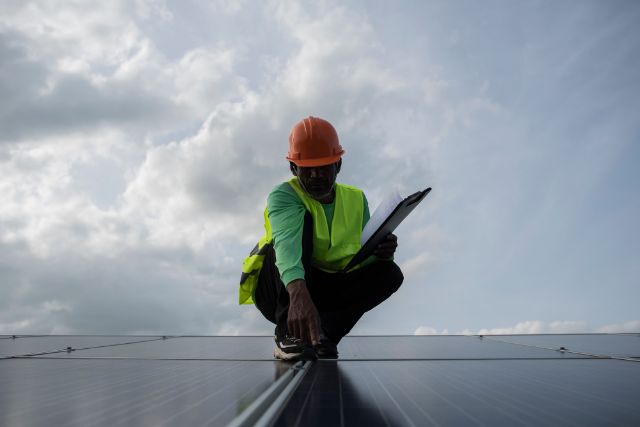
- Manufacturer Reputation and Track Record: Research the reputation and track record of solar panel manufacturers. Look for companies with a solid history of producing high-quality and reliable panels. Check online reviews, customer testimonials, and industry certifications.
- Product Warranty: Review the warranty offered by manufacturers. A robust warranty provides assurance that the panels are backed by the manufacturer and can be repaired or replaced in case of any defects or performance issues.
- Longevity and Stability: Consider the longevity and stability of the manufacturer. Opt for companies that have been in the industry for a significant period and have a strong financial standing. This ensures that they will be available to honor warranties and provide support throughout the lifespan of your solar panel system.
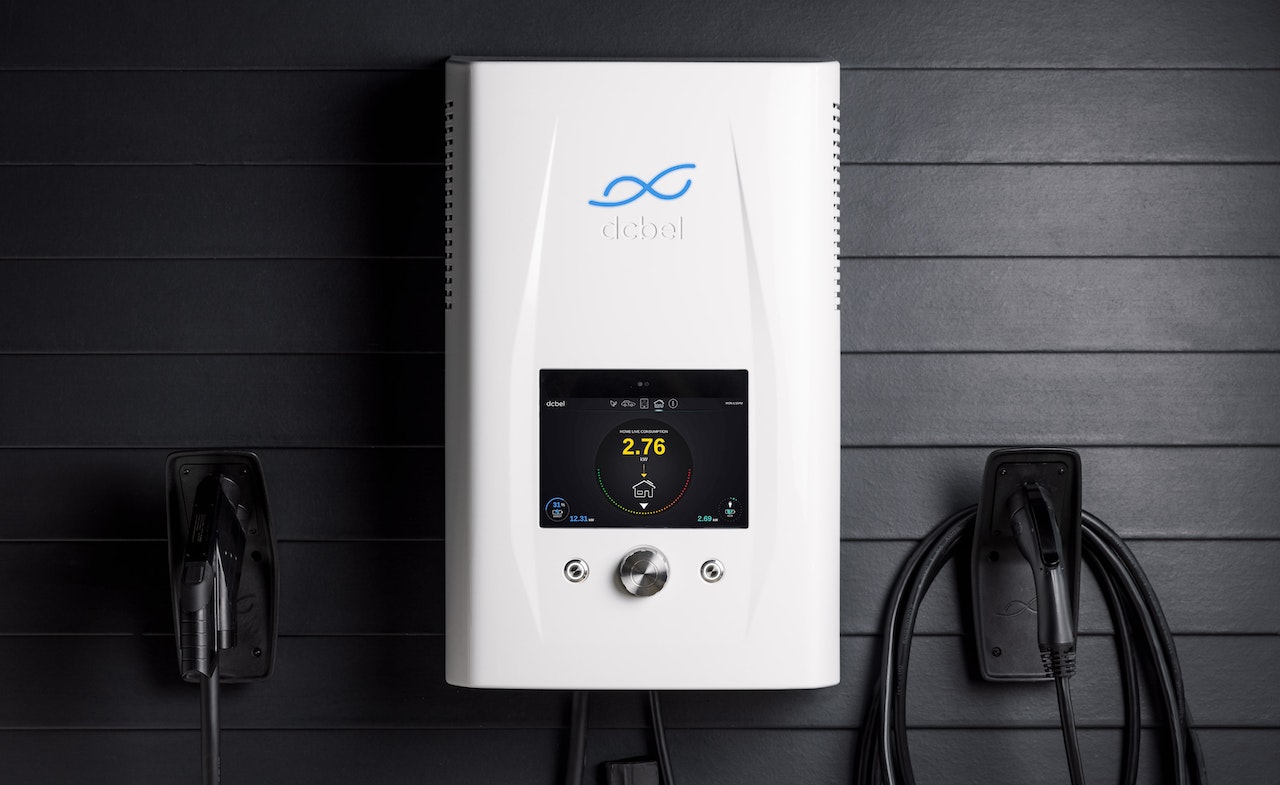
Step 7: Determine Mounting Options
Explore different mounting options based on your roof type and available space:
- Roof-Mounted Systems: This is the most common and cost-effective choice for residential installations. The solar panels are installed directly on the roof using racks or mounts. Ensure that your roof is structurally sound and suitable for the installation.
- Ground-Mounted Systems: If you have ample space available, ground-mounted systems offer flexibility in panel placement and optimal sun exposure. These systems are usually more expensive due to the additional materials and labor required for ground installation.
- Tracking Systems: Tracking systems allow solar panels to follow the sun’s path throughout the day, maximizing energy production. While they can significantly increase energy output, they are generally more expensive and require regular maintenance.
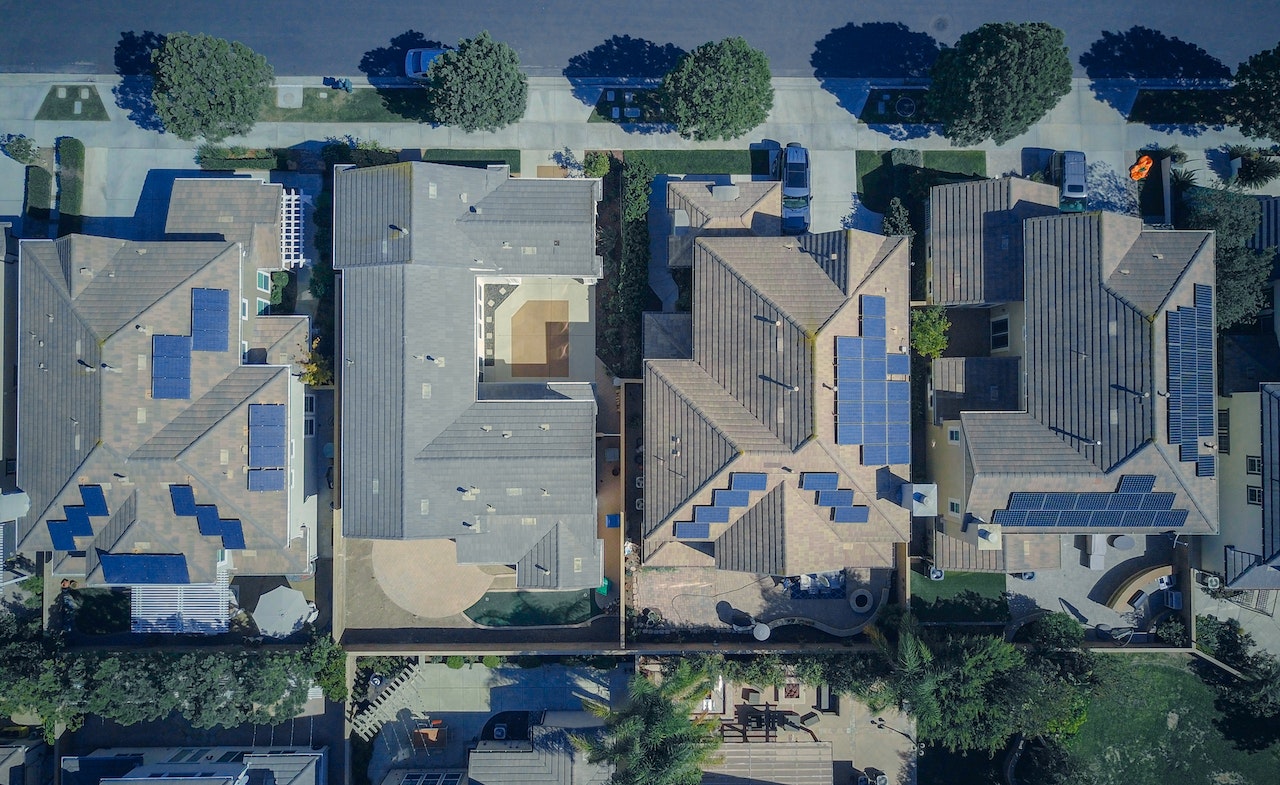
Step 8: Understand Inverter Technology
Inverters convert the direct current (DC) generated by solar panels into alternating current (AC) for use in your home. Consider the following options:
- String Inverters: These are the most common and cost-effective options. They connect multiple solar panels in a series, converting the combined DC power into AC power. However, they can be affected by shading issues, as the performance of the entire string can be impacted by the lowest-performing panel.
- Microinverters: Microinverters are installed on each solar panel individually, allowing for independent power optimization. This means that shading on one panel does not affect the performance of the entire system. Microinverters are more expensive but can provide higher overall system efficiency.
- Power Optimizers: Power optimizers are installed on each solar panel and optimize the power output. They function similarly to microinverters but do not convert DC to AC directly. Instead, they regulate the voltage of each panel before it reaches a centralized string inverter.

Step 9: Evaluate Energy Storage Options
Consider integrating energy storage systems to maximize the benefits of your solar panel system:
- Battery Storage: Battery storage allows you to store excess energy generated by your solar panels during the day for use during the night or power outages. Evaluate different battery technologies, such as lithium-ion or lead-acid, and consider factors like capacity, lifespan, and compatibility with your solar panel system.
- Energy Management Systems: Energy management systems help optimize energy usage by monitoring and controlling the flow of electricity within your home. These systems can help maximize the self-consumption of solar energy and minimize reliance on the grid.
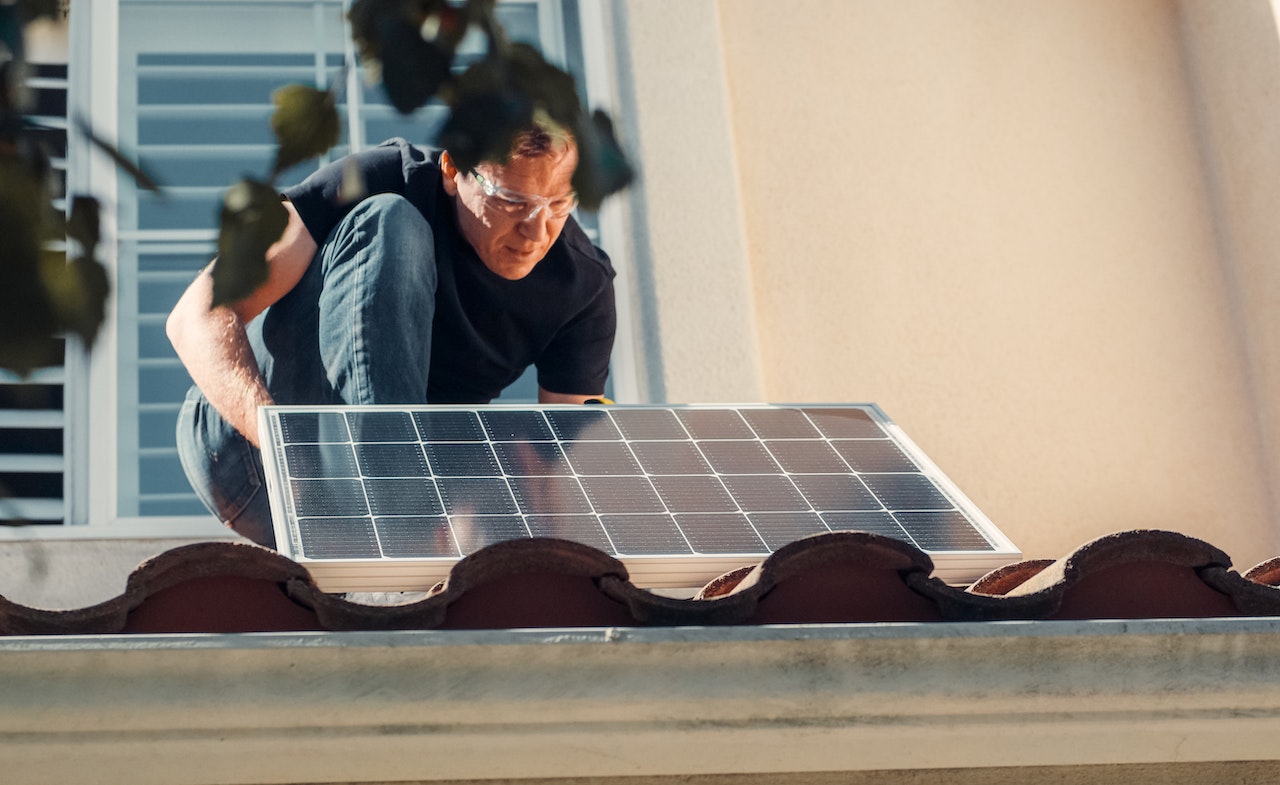
Step 10: Seek Professional Installation and Maintenance
Hire a reputable solar panel installer for a seamless and efficient installation process:
- Research Installers: Look for installers with experience, certifications, and positive customer feedback. Check for proper licensing and insurance to ensure they meet industry standards.
- Obtain Multiple Quotes: Seek quotes from multiple installers to compare pricing, warranties, and installation timelines. Remember that the lowest price may not always guarantee the best quality.
- Regular Maintenance and Monitoring: Once your solar panel system is installed, ensure regular maintenance and monitoring. This includes cleaning the panels, checking for any damage or malfunctions, and monitoring the system’s performance. Some installers offer ongoing maintenance and monitoring services as part of their package, which can help ensure optimal performance and address any issues promptly.
Conclusion
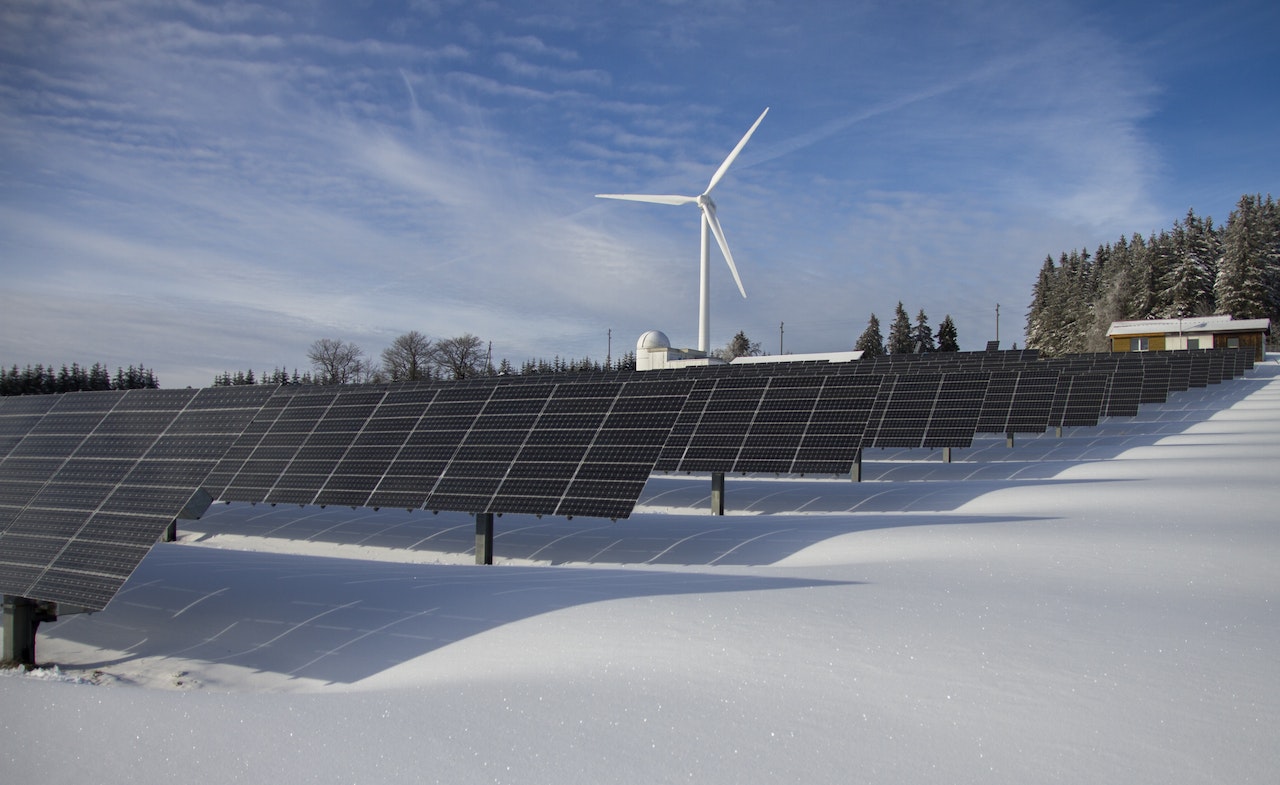
Choosing the right solar panel system for your home is a decision that requires careful consideration of various factors. By assessing your energy needs, evaluating roof suitability, understanding different panel types, considering efficiency, setting a realistic budget, researching manufacturers, determining mounting options, understanding inverter technology, evaluating energy storage options, and seeking professional installation and maintenance, you can make an informed choice that aligns with your specific requirements.
Remember, solar panels are a long-term investment that can provide significant financial savings and reduce your carbon footprint. Take the time to research and consult with professionals to ensure you select a reliable and efficient system that will serve you well for years to come. Embrace the power of solar energy and contribute to a greener and more sustainable future for yourself and the planet.
FAQs
How do I assess my energy needs before choosing a solar panel system for my home?
To assess your energy needs, you should review your electricity bills to understand your average monthly energy usage. Identify any peak usage periods or anticipated future energy requirements. Analyze your lifestyle and appliances to estimate the size of the solar panel system you’ll need. Consider factors such as heating and cooling requirements, electric vehicle charging, and home expansions.
What factors should I consider when evaluating the suitability of my roof for solar panel installation?
When evaluating the suitability of your roof for solar panel installation, consider the following factors:
- Orientation and Tilt: Assess the roof’s orientation and tilt to ensure maximum sun exposure. South-facing roofs with a tilt between 15 to 40 degrees are typically ideal.
- Shading Analysis: Identify any shading obstacles that could impact the solar panel’s efficiency. Trees, neighboring buildings, or chimneys can cast shadows on the panels, reducing their overall performance.
- Roof Condition: Evaluate the roof’s structural integrity to ensure it can support the weight of the panels. Consider any necessary repairs or reinforcements before installation.
What are the different types of solar panels available, and what are their advantages and disadvantages?
There are several types of solar panels available:
- Monocrystalline Panels: Known for their high efficiency and sleek appearance, monocrystalline panels are made from a single crystal structure, providing excellent performance in limited space.
- Polycrystalline Panels: These panels are cost-effective and have a blue-speckled appearance. While they may be slightly less efficient, they perform well in diverse weather conditions.
- Thin-Film Panels: Flexible and lightweight, thin-film panels are suitable for unconventional installation areas or curved surfaces. They have lower efficiency but perform better in low-light conditions.
How can I determine the efficiency of solar panels and what factors should I consider in terms of panel performance?
Solar panel efficiency refers to the ability of the panels to convert sunlight into electricity. To determine the efficiency of solar panels, consider the following factors:
Efficiency Ratings: Higher efficiency panels generate more electricity in limited space. Look for panels with higher efficiency ratings for maximum energy production.
Temperature Coefficients: Pay attention to temperature coefficients, which indicate how well the panels perform in high temperatures. Panels with lower temperature coefficients maintain better efficiency in hot climates.
Quality of Semiconductor Materials: The quality of materials used in solar panels, such as silicon cells, can affect their efficiency and longevity. Research reputable manufacturers are known for using high-quality materials.

